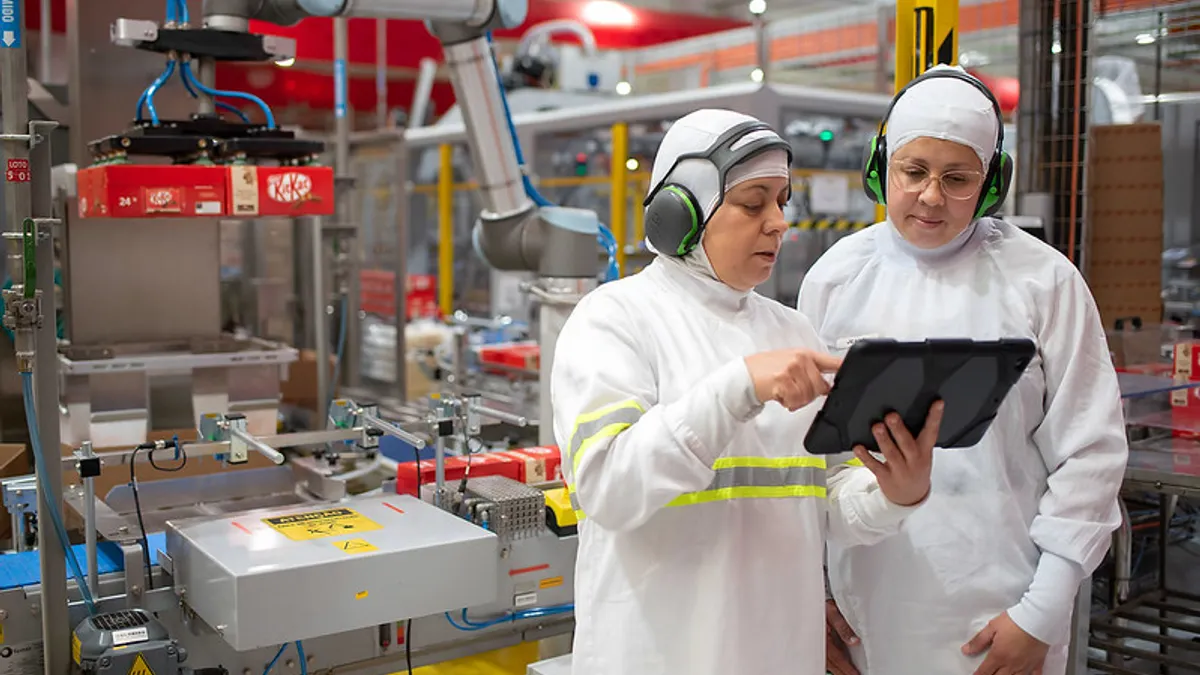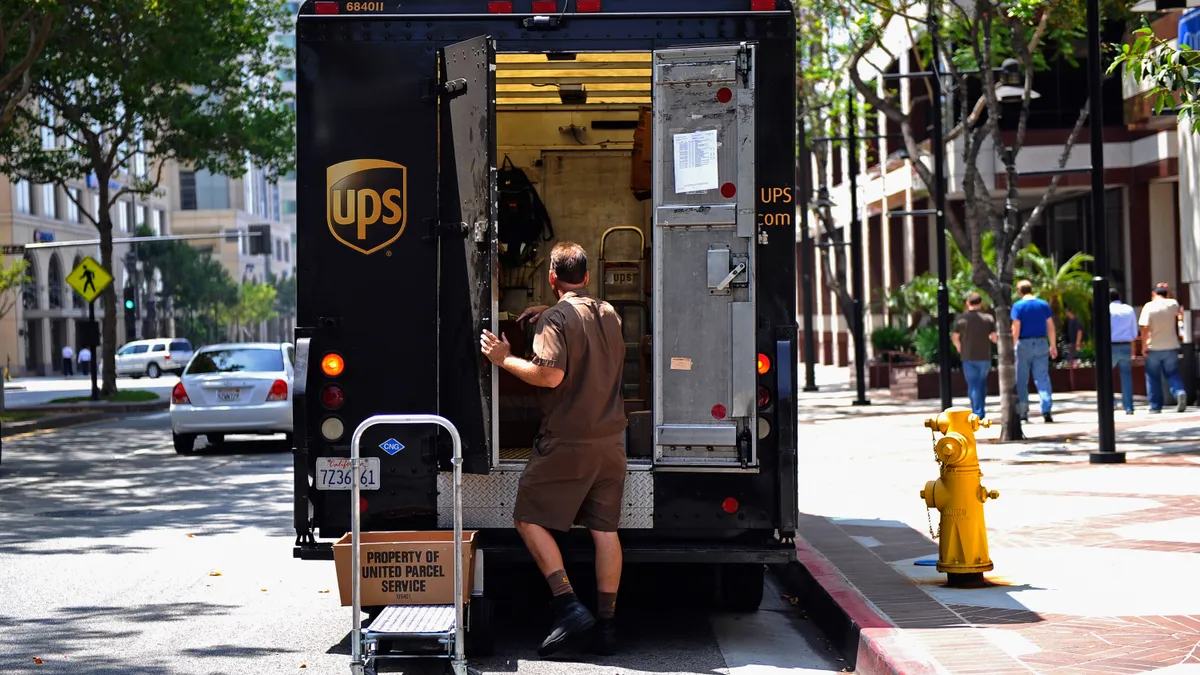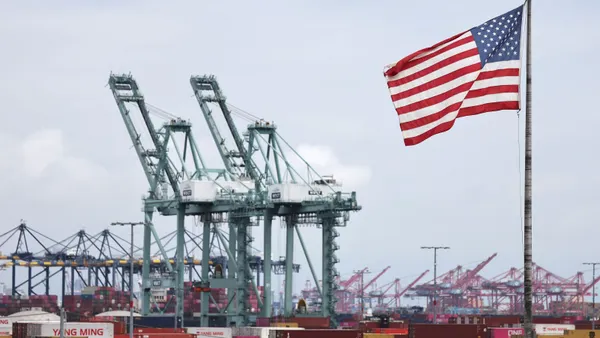Dive Brief:
- Conagra Brands, which faced supply challenges in the last fiscal year, has achieved 98% service levels to ensure products are on retail shelves, President and CEO Sean Connolly told investors in prepared remarks on an Oct. 1 earnings call.
- The food maker made a strategic choice to build inventory in stores, including prioritizing safety stock in product categories affected by prior production interruptions, EVP and CFO David Marberger said during a subsequent Q&A session with investors.
- "So our inventory on hand, we have more days on hand, but that's been planned, that's timing, and we still feel comfortable about our full year forecast as it relates to inventory," Marberger said.
Dive Insight:
Conagra's supply troubles in the fiscal year ending May 25 included a frozen vegetable shortage and "product quality inconsistencies" that forced the company to temporarily stop production at its main chicken processing facility for frozen meals. In July, the company revealed plans to increase investments in supply chain resiliency as part of the roughly $450 million earmarked for capital expenditures during the current fiscal year.
As part of its resiliency efforts, Conagra is modernizing its frozen baked and fried chicken production. The company is further along with its baked chicken production, which was the initial step in the project. The fried chicken production shift is “a newer development” because demand "has just exploded in the last couple of years," Connolly said.
"We had tremendous success last year with our Banquet MEGA Filets, so that's an investment that will go on a little bit longer," Connolly said.
Conagra moved some production of the fried chicken filets to third parties, which will cost the company more until it can bring manufacturing in-house, Connolly said. "The advancement of our supply chain resiliency investments, including the chicken plants, will enable us to repatriate some of that outsourced production going forward at lower cost," he added.
Gross tariff costs have held steady at about 3% since the beginning of the year, Marberger said. However, overall inflation for the year came from core inflation, driven by the rising prices of beef, pork, turkey and eggs. Meat prices are difficult to control because they are generally more market and spot-based, he added.
"So the consumer is certainly not out of the woods yet. We're still seeing value-seeking behavior. We're still having to deal with inflation and tariffs," Connolly said. "But after one quarter, I think we're feeling good about the setup for the balance of the year."
Editor’s note: This story was first published in our Procurement Weekly newsletter. Sign up here.















